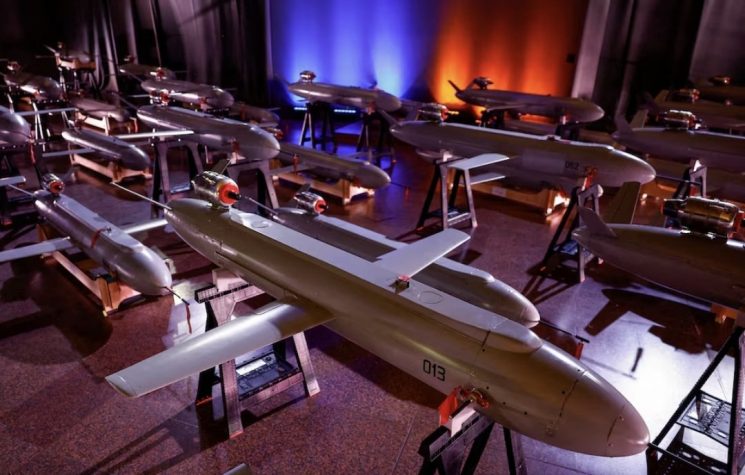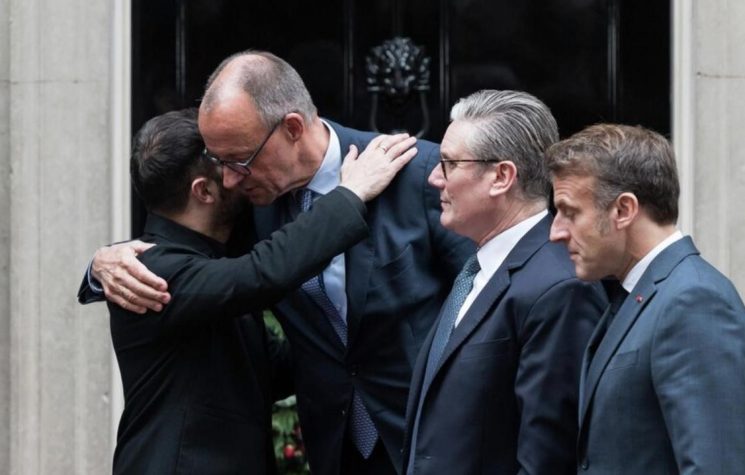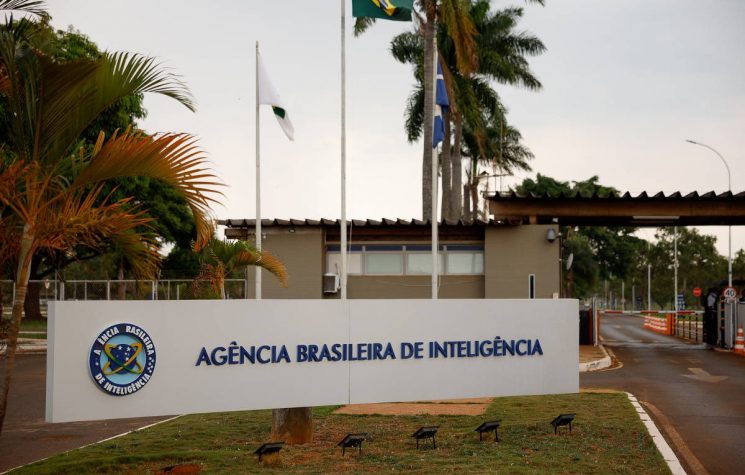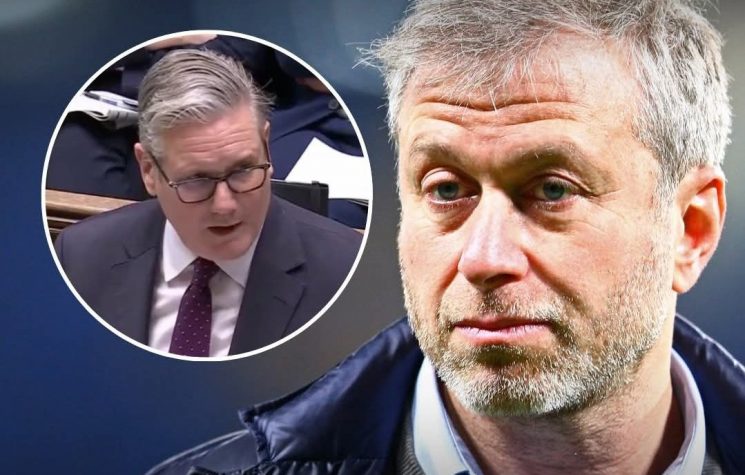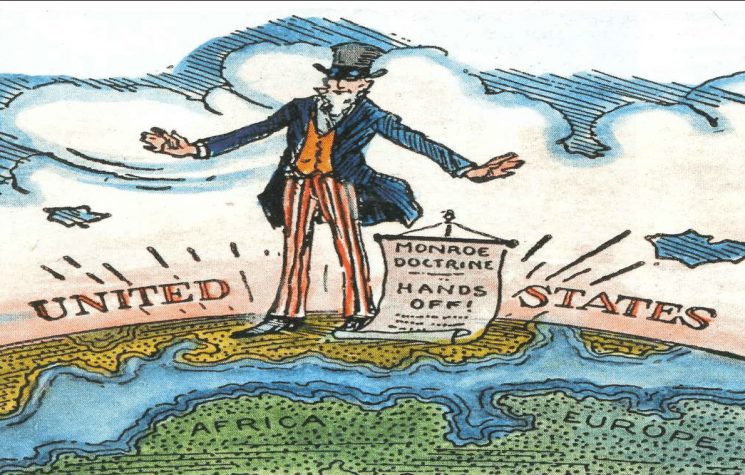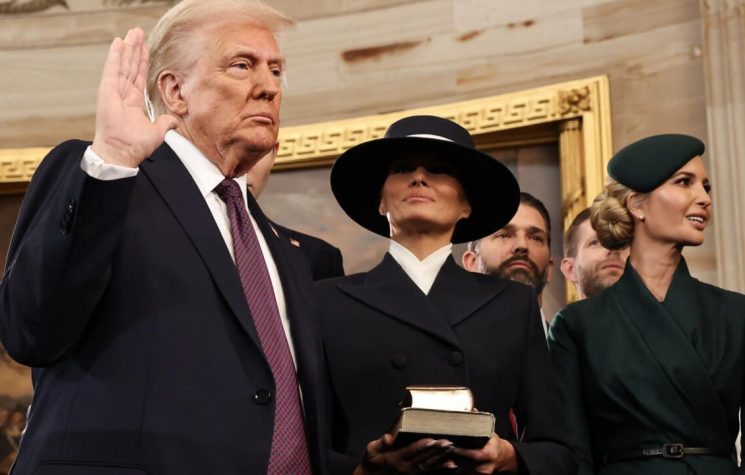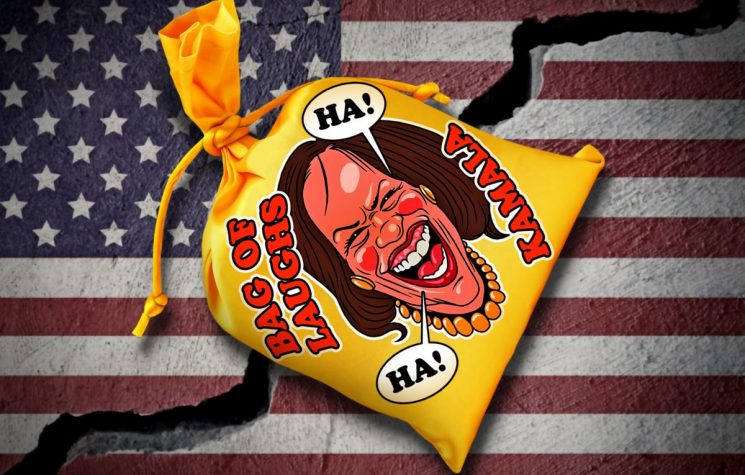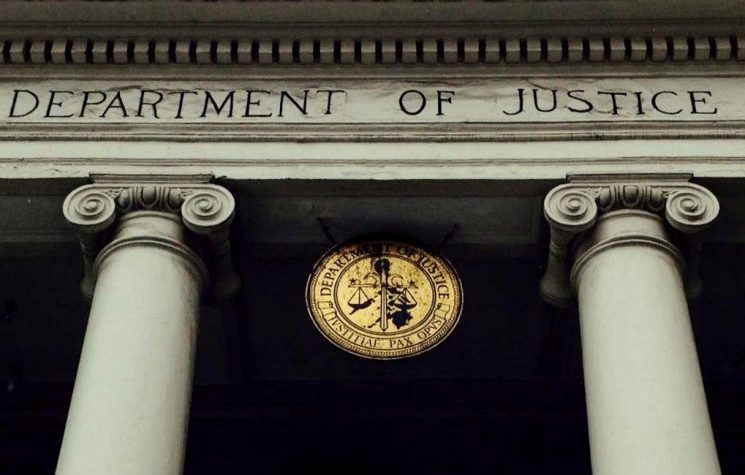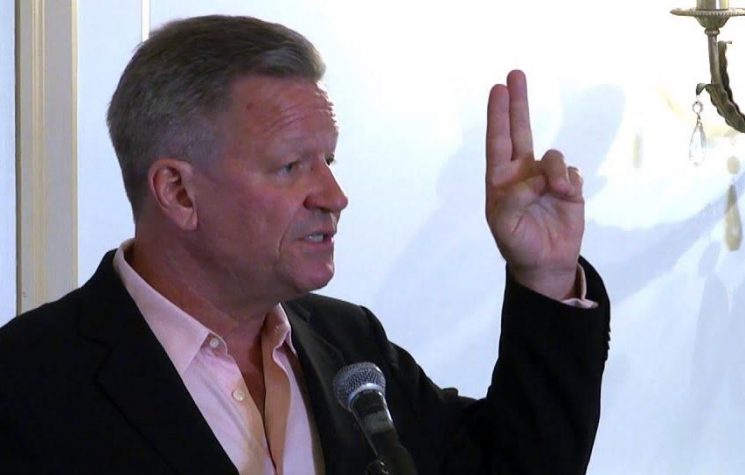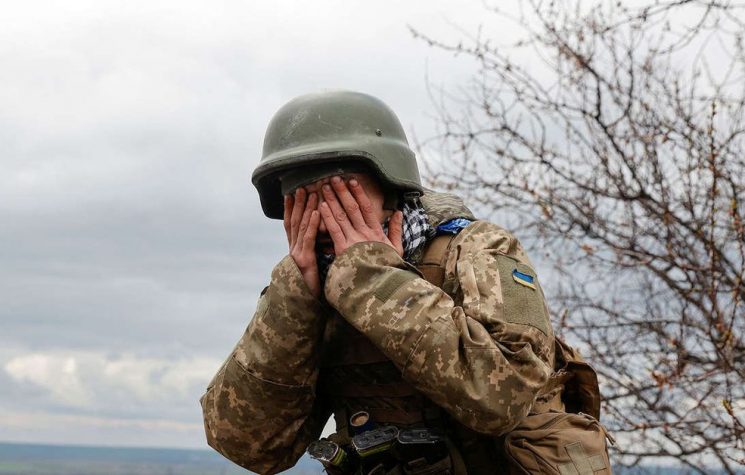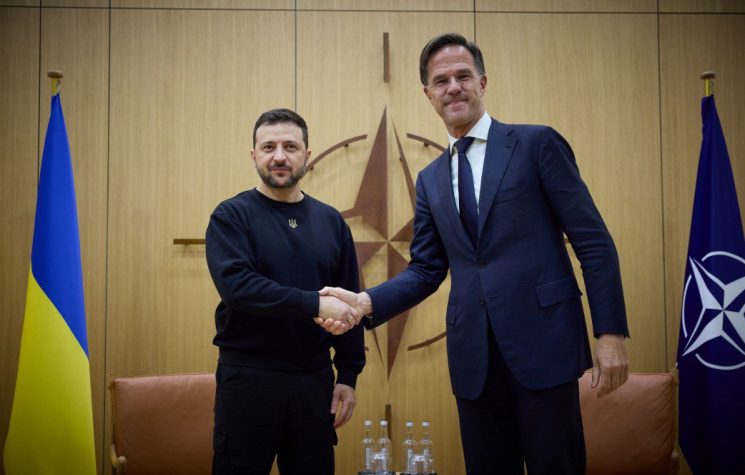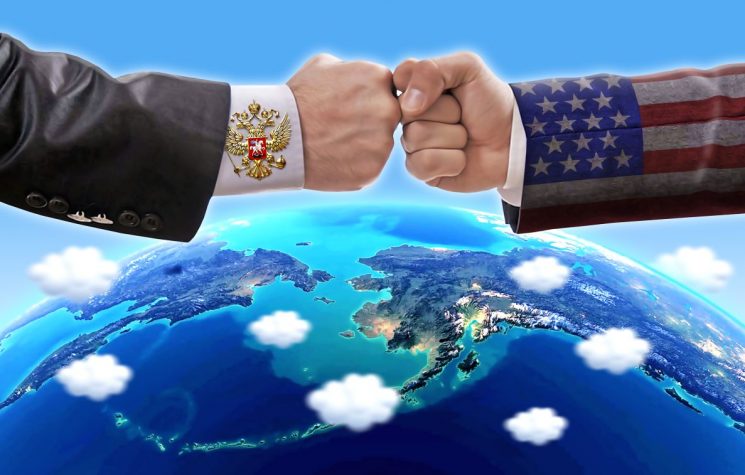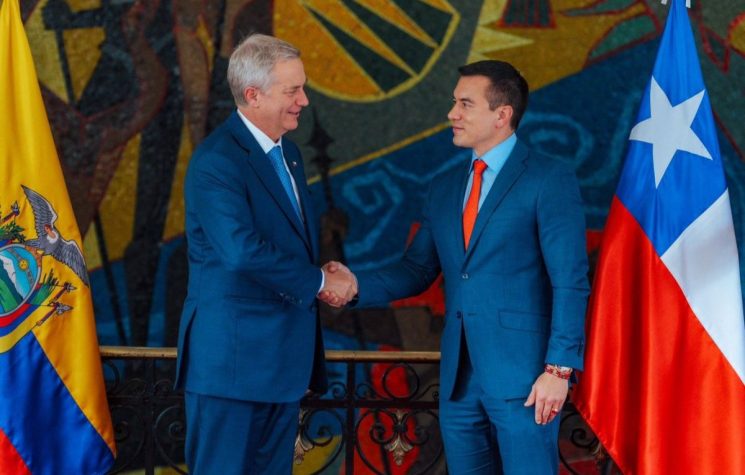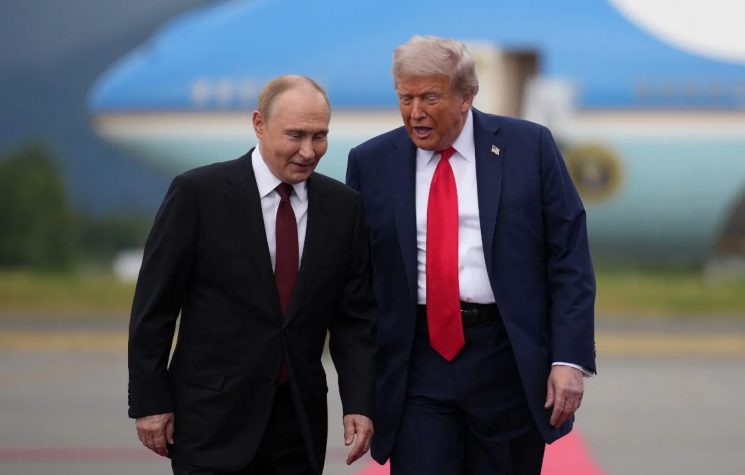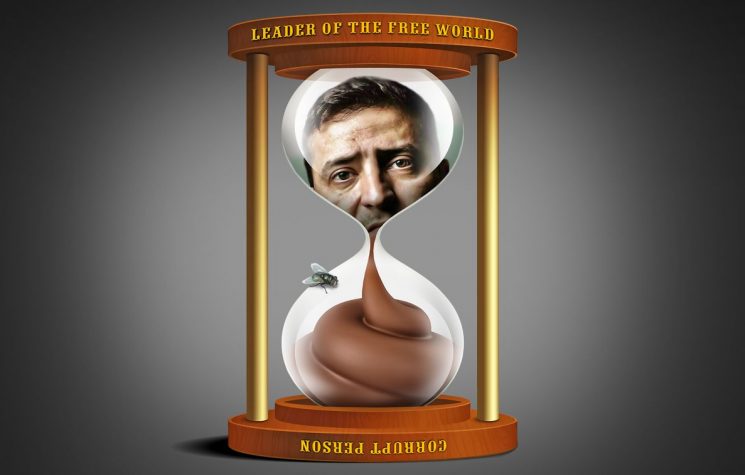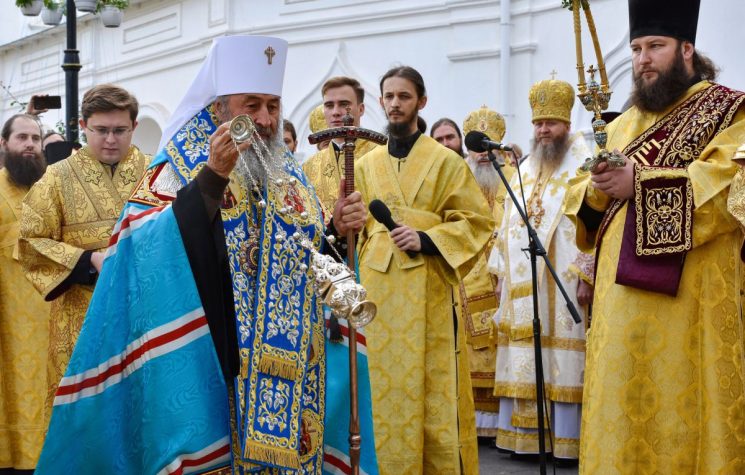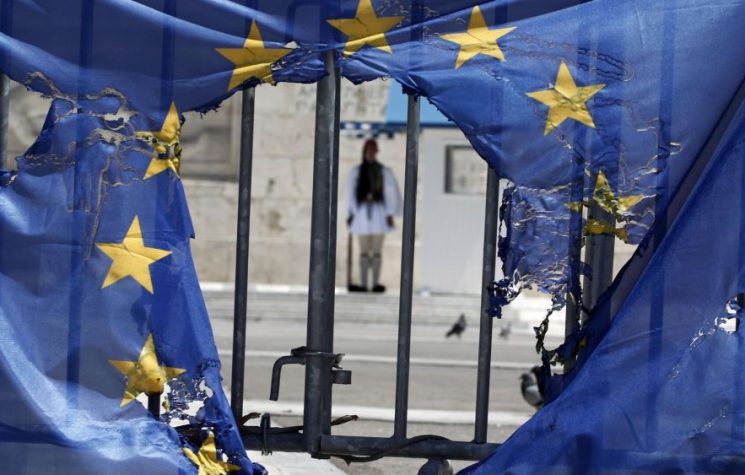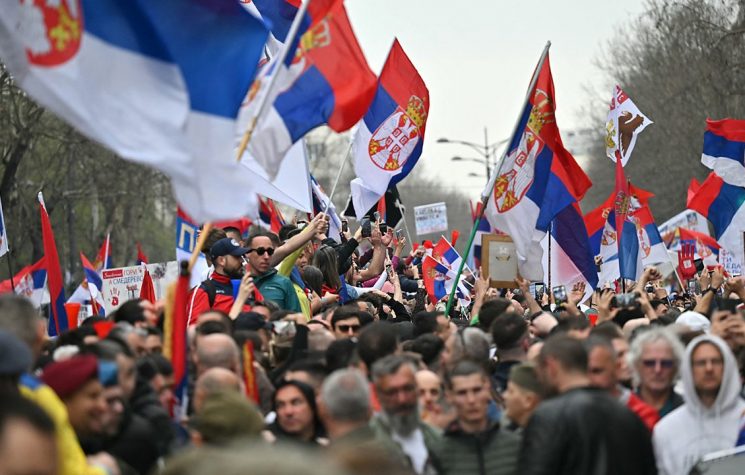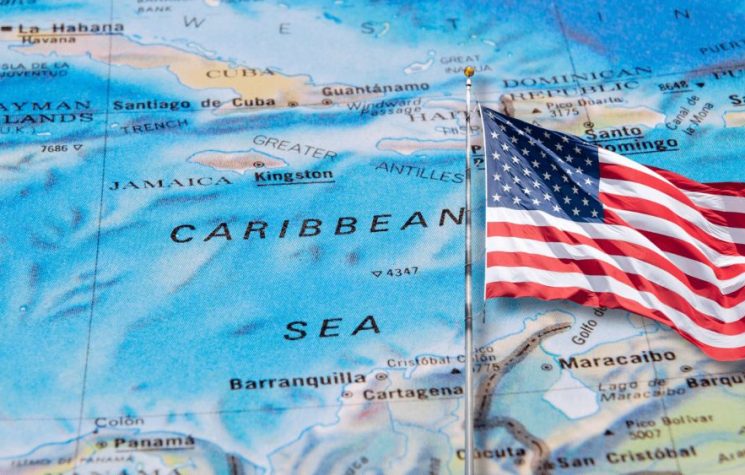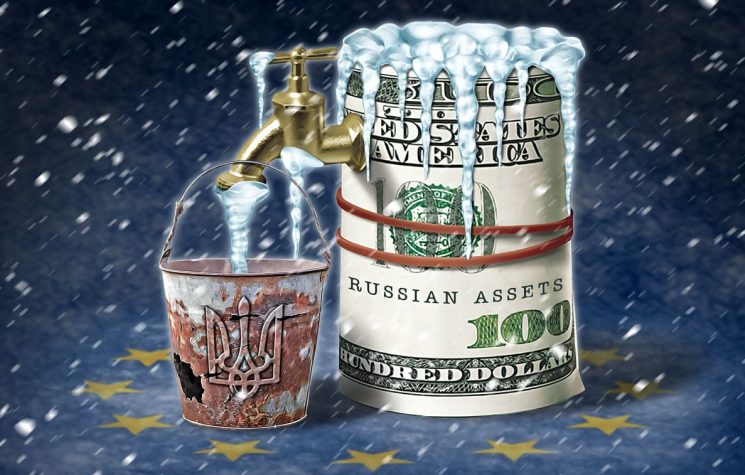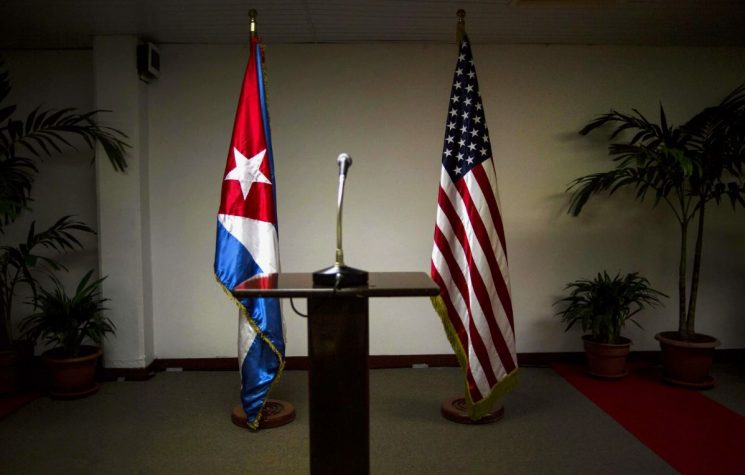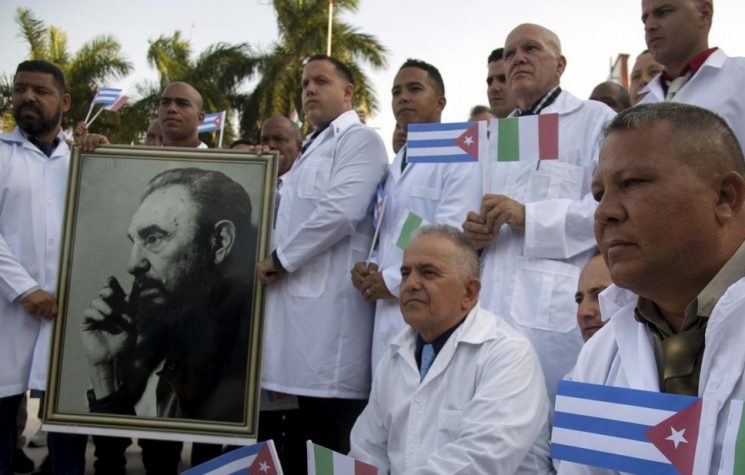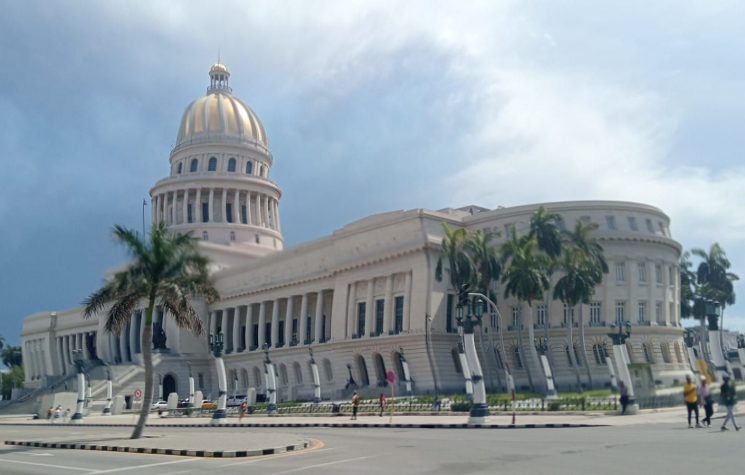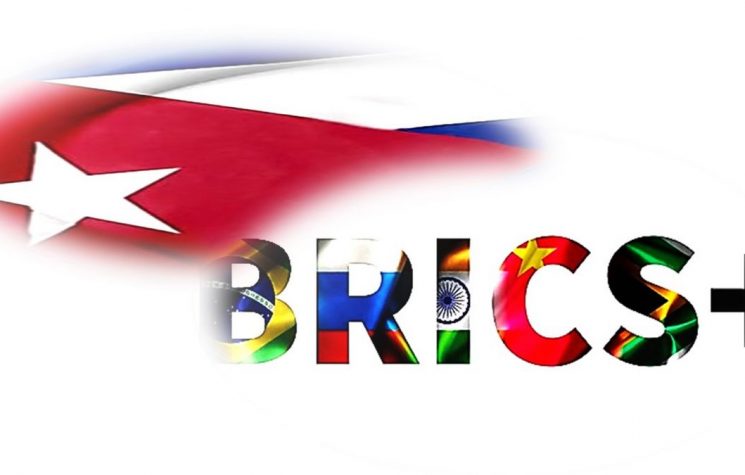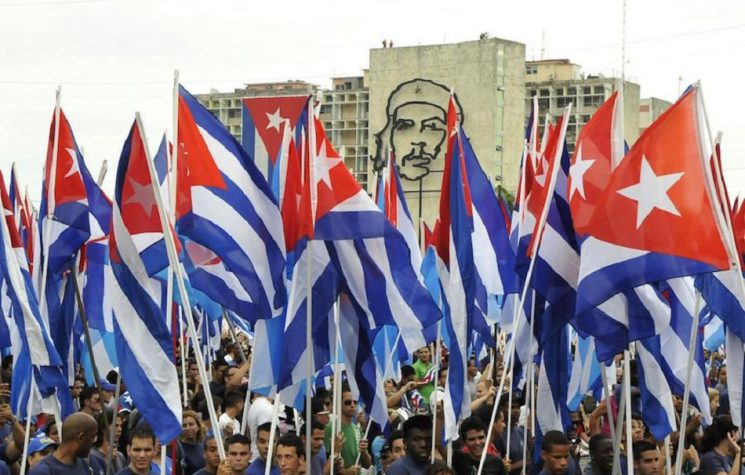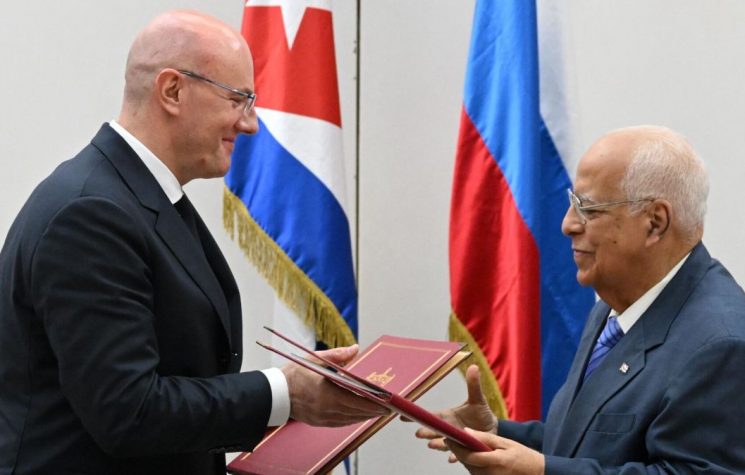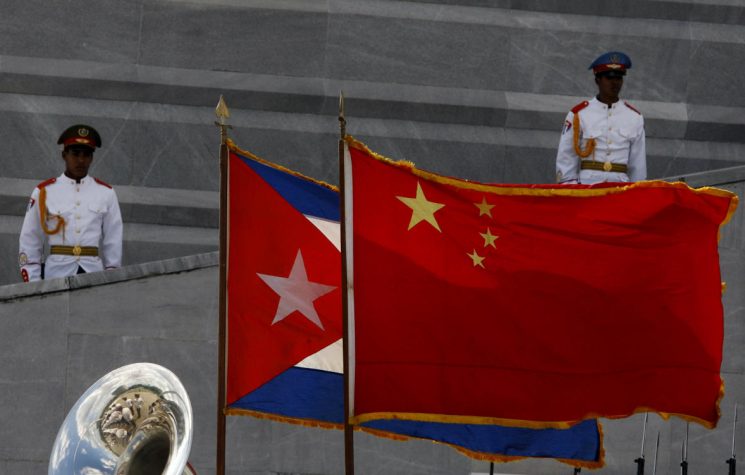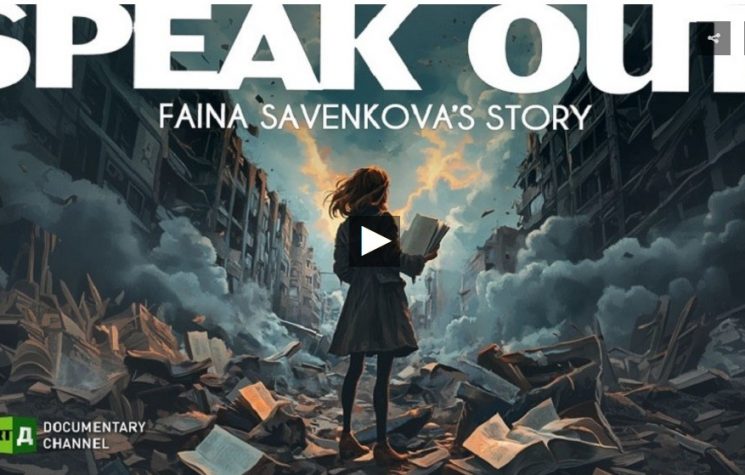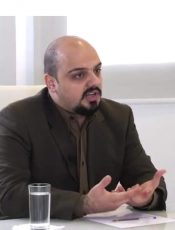The U.S. will be involved with negotiating with the Russians to bring peace to Ukraine, as did Kennedy in the 1962 Cuban Missile Crisis.
Contact us: info@strategic-culture.su
On June 12, three Russian ships and a nuclear-powered submarine arrived in Havana, Cuba. Having crossed the Atlantic, the ships performed maneuvers designed to enhance military capability, and have remained in Cuba through June 17.
Recently, President Vladimir Putin made a threat to supply unspecified countries with weapons capable of striking Kiev’s Western allies.
The Kazan nuclear-powered submarine is capable of firing Kalibr cruise missiles, which have a range of up to 2,500 kilometers and can be equipped with nuclear warheads. Along for the ride are the Frigate Admiral Gorshkov, which is carrying new hypersonic Zircon missiles that are nuclear-capable, the Akademik Pashin refueling tanker, and Nikolay Chiker tugboat.
Russian President Vladimir Putin has portrayed Zircon as a potent weapon capable of penetrating any existing antimissile defenses by flying nine times faster than the speed of sound at a range of more than 1,000km (more than 620 miles).
While the visit to Cuba is not seen as a military threat to the U.S., and none of the vessels carry a nuclear war-head, it has brought back memories of the 1962 Cuban Missile Crisis involving the U.S. and Russia in Cuba.
Cuba is Russia’s most important partner in the Western Hemisphere from a geopolitical point of view, and both are critical of the U.S. sanctions imposed on each other, and the enlargement of NATO. Havana also backed Russia’s right to “self-defense” against NATO following its 2022 military operation in Ukraine.
In 1959, an uprising called the “26th of July Movement” led to the communist rule under the leadership of Fidel Castro in Cuba.
In April 1961, a group of 1,500 Cuban exiles opposed to Castro invaded Cuba supported by artillery, mortars, tanks aircrafts and naval ships, all of which was provided and financed by the U.S.. This was one of a series of ‘regime change’ operations carried out by the U.S. which failed, such as the 2011 U.S.-NATO attack on Syria.
This incident came to be known as the Bay of Pigs invasion.
Early 1961 saw the American Jupiter missiles being deployed in Turkey and mid-April saw the failed Bay of Pigs invasion. This had the USSR worried as it saw the U.S. planning something big.
Nikita Khrushchev of the USSR and Castro held a clandestine meeting in July 1962, and Khrushchev agreed to deploy nuclear missiles in Cuba.
U.S. President John F. Kennedy was informed of the plans, and was advised to carry out an airstrike and invasion of Cuba, but he disregarded that advice and instead negotiated a deal which saw the USSR shelving its plans to deploy nuclear missiles in Cuba in exchange for an American assurance that Cuba would not be invaded.
The U.S. policy of increased NATO membership from 1992 onwards has brought the world to the brink of nuclear war. In 1990, the U.S. gave assurances to Mikhail Gorbachev that NATO would not expand, but U.S. President Bill Clinton broke that promise, and we are faced with the realization that it was the U.S. which provoked Putin to the February 2022 military operation in Ukraine in response to the threat of imminent NATO membership.
It took the negotiating skills of Kennedy to avert war in 1962, but today the U.S. is led by President Joe Biden who is against ceasefire negotiations in both Ukraine and in Gaza. Biden is a war-time President, who directly participates in both battlefields with funds, weapons, intelligence and the propaganda cranked out in Washington, which invented a narrative that Putin wants to conquer Ukraine and recreate a Soviet Empire.
In 2014, John J. Mearsheimer, a University of Chicago professor and one of the leading proponents of restraint in American foreign policy, explained why the Ukraine crisis is the west’s fault, and how it has provoked Putin.
On March 1, 2022 Mearsheimer was interviewed and said he still blames the U.S. for the crisis in Ukraine.
“He is not going to conquer all of Ukraine,” Mearsheimer said, of Putin.
Mearsheimer has argued that the U.S., in pushing to expand NATO eastward, has increased the likelihood of a nuclear war, and prompted Putin’s aggression toward Ukraine. Mearsheimer maintains his position that the U.S. is at fault for provoking him.
“I think all the trouble in this case really started in April, 2008, at the NATO Summit in Bucharest, where afterward NATO issued a statement that said Ukraine and Georgia would become part of NATO. The Russians made it unequivocally clear at the time that they viewed this as an existential threat,” said Mearsheimer.
The three-prong U.S. strategy in Washington includes EU expansion, NATO expansion, and turning Ukraine into a pro-American liberal democracy.
“When you’re a country like Ukraine and you live next door to a great power like Russia, you have to pay careful attention to what the Russians think, because if you take a stick and you poke them in the eye, they’re going to retaliate. States in the Western hemisphere understand this full well with regard to the United States,” said Mearsheimer.
Mearsheimer correctly projected that Russia did not seek to occupy Kiev, but would take Donbass.
“This is great-power politics, and what the Russians want is a regime in Kiev that is attuned to Russian interests. It may be ultimately that the Russians would be willing to live with a neutral Ukraine, and that it won’t be necessary for Moscow to have any meaningful control over the government in Kiev. It may be that they just want a regime that is neutral and not pro-American,” said Mearsheimer.
“The Ukrainians have a vested interest in paying serious attention to what the Russians want from them. They run a grave risk if they alienate the Russians in a fundamental way. If Russia thinks that Ukraine presents an existential threat to Russia because it is aligning with the United States and its West European allies, this is going to cause an enormous amount of damage to Ukraine. That of course is exactly what’s happening now. So my argument is: the strategically wise strategy for Ukraine is to break off its close relations with the West, especially with the United States, and try to accommodate the Russians. If there had been no decision to move NATO eastward to include Ukraine, Crimea and the Donbass would be part of Ukraine today, and there would be no war in Ukraine,” said Mearsheimer.
In March 2024, Mearsheimer was interviewed and said he considers “ridiculous” the idea that Ukraine will be able to take the offensive in 2024 or 2025.
“The real danger is that the Ukrainians are going to be defeated by the Russians over the course of this year and next year. That, I think, is the more likely outcome—that the Russians will just roll back the Ukrainians. The idea that Ukraine is going to launch some offensive in 2025 and turn the tide is delusional,” said Mearsheimer.
What if the war goes badly for Ukraine, and it faces being a dysfunctional state? Mearsheimer fears the U.S. and NATO will be so humiliated they will attempt to intervene to rescue Ukraine, and this could lead to a nuclear exchange.
Mearsheimer predicts that the Russians will conquer more territory, perhaps “the four oblasts west of the four oblasts they control now or have annexed so far. And they may even take a bit more. And I think there would be nothing we could do to prevent that.”
In the end, the U.S. will be involved with negotiating with the Russians to bring peace to Ukraine, as did Kennedy in the 1962 Cuban Missile Crisis. Kennedy would not allow Soviet missiles on the U.S. border off Florida, and Putin will not allow NATO missiles on the Russian border in Ukraine.










